How to Choose the Right Walk In Cooler Condensing Unit for Optimal Energy Efficiency
Table of Contents
- Understanding Walk In Cooler Condensing Units: Key Components Explained
- Assessing Your Cooling Needs: Size, Load, and Environment Considerations
- Energy Efficiency Ratings: What to Look for in a Condensing Unit
- Refrigerant Options: Selecting the Best Choice for Performance and Eco-Friendliness
- Installation and Maintenance: Best Practices for Maximizing Efficiency
- Cost vs. Efficiency: Making Informed Decisions for Long-Term Savings
- FAQS
- Conclusion
- Related Posts
If you're trying to cut down on energy costs, picking the right walk-in cooler condensing unit is more important than you might think. I mean, a recent report from the U.S. Department of Energy pointed out that commercial refrigeration systems make up about 15% of the energy used in commercial buildings. So, choosing efficient cooling equipment isn't just good for the environment — it's also a smart move for your wallet. At Guangxi Cooler Refrigeration Equipment, we’re all about providing comprehensive cold storage solutions — from planning and design to supplying the equipment, all tailored to what your business needs. We pride ourselves on offering personalized, one-on-one service to make the whole process smooth and hassle-free. Plus, we help our customers optimize their energy use with the latest walk-in cooler condensing units. Whether you run a small shop or a big operation, we’ve got a diverse range of clients and applications in mind, all with the goal of helping you save energy without sacrificing cooling performance.
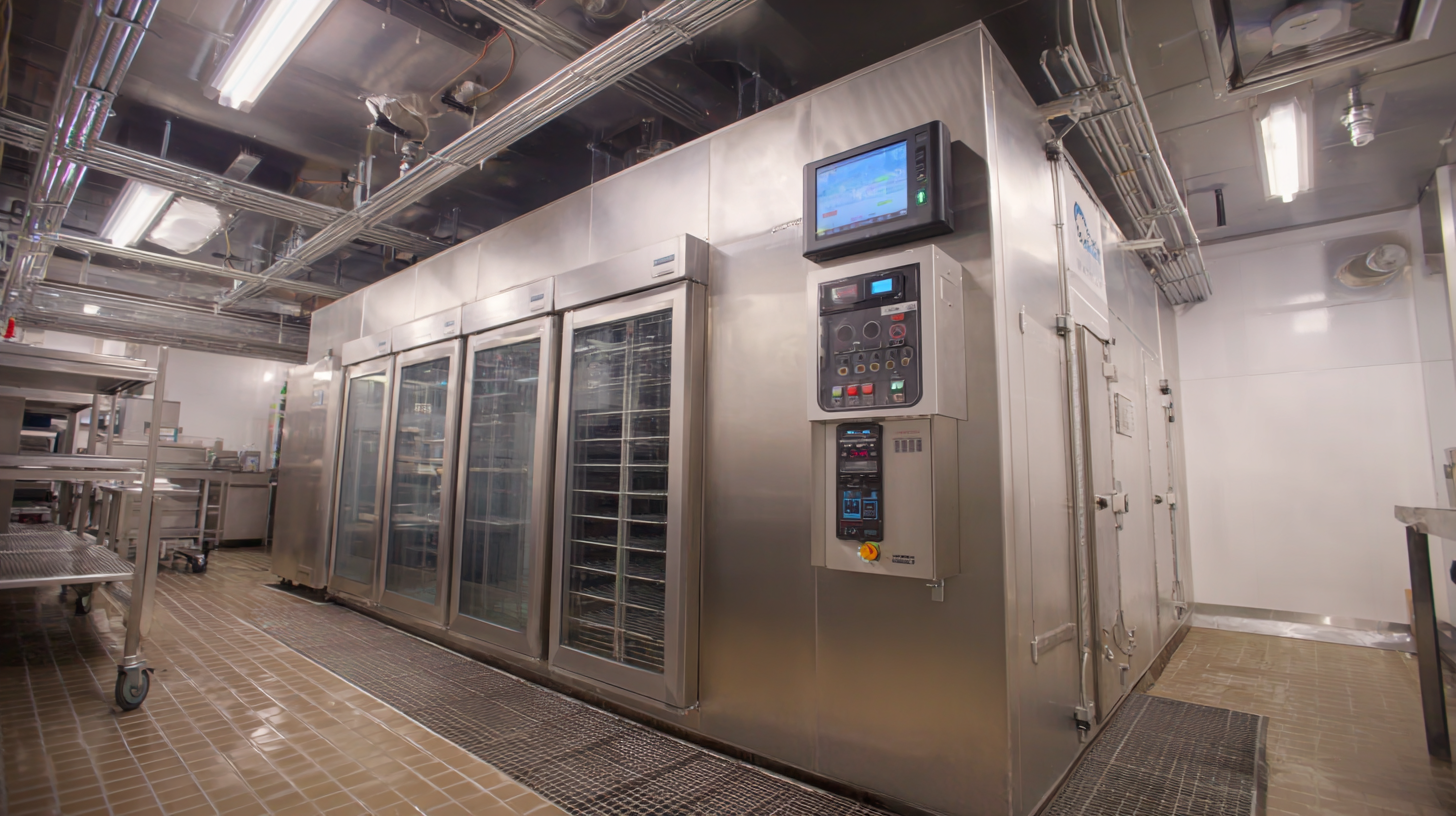
Understanding Walk In Cooler Condensing Units: Key Components Explained
When you're picking out a walk-in cooler condensing unit, it's really important to get a good handle on the main components. Knowing what each part does can seriously help improve energy efficiency. Basically, the unit is made up of a compressor, a condenser, and an expansion valve—all of which are super important in the refrigeration cycle. According to a report from the U.S. Department of Energy, running your compressor efficiently can cut down your energy use by as much as 30%. So, going for a high-efficiency compressor is definitely a smart move.
Then, there's the type of condenser—whether it's air-cooled, water-cooled, or evaporative. This choice has a big impact on how well the system performs. Air-cooled options are pretty popular because they’re simple and tend to cost less upfront, but they might not perform as well in really hot or cold weather. Interestingly, a study by the Refrigeration Research Council found that picking the right size and type of condenser can boost efficiency by up to 15%. Oh, and don’t forget about the expansion valve—it's what controls the flow of refrigerant. A thermostatic expansion valve usually offers better energy efficiency compared to fixed or capillary types. Getting the components right is key if you want your refrigeration setup to be as efficient as possible, so keeping these points in mind will definitely help you make a smarter choice.
Assessing Your Cooling Needs: Size, Load, and Environment Considerations
When you're choosing a walk-in cooler condensing unit, it’s really important to get a good handle on your cooling needs first. The starting point is figuring out the right size for your unit. This means measuring your cooler’s dimensions and thinking about how much space you’ve got. Don’t forget, things like airflow and where you put your shelves actually make a difference in how well the unit works. It’s all about considering all those little details that affect the inside environment.
Also, load considerations matter quite a bit. You wanna understand what kind of products you’re storing and how much heat they generate—this can really influence which unit you should pick. For example, items like fresh produce or meat tend to need more cooling power than just regular storage. And, of course, the temperature of the room outside your cooler, along with things like how often the doors are opened and how well it's ventilated, really impact what kind of performance you’ll need from the unit. When you take all these factors into account, you’ll end up with a setup that’s energy-efficient and lasts longer in the long run.
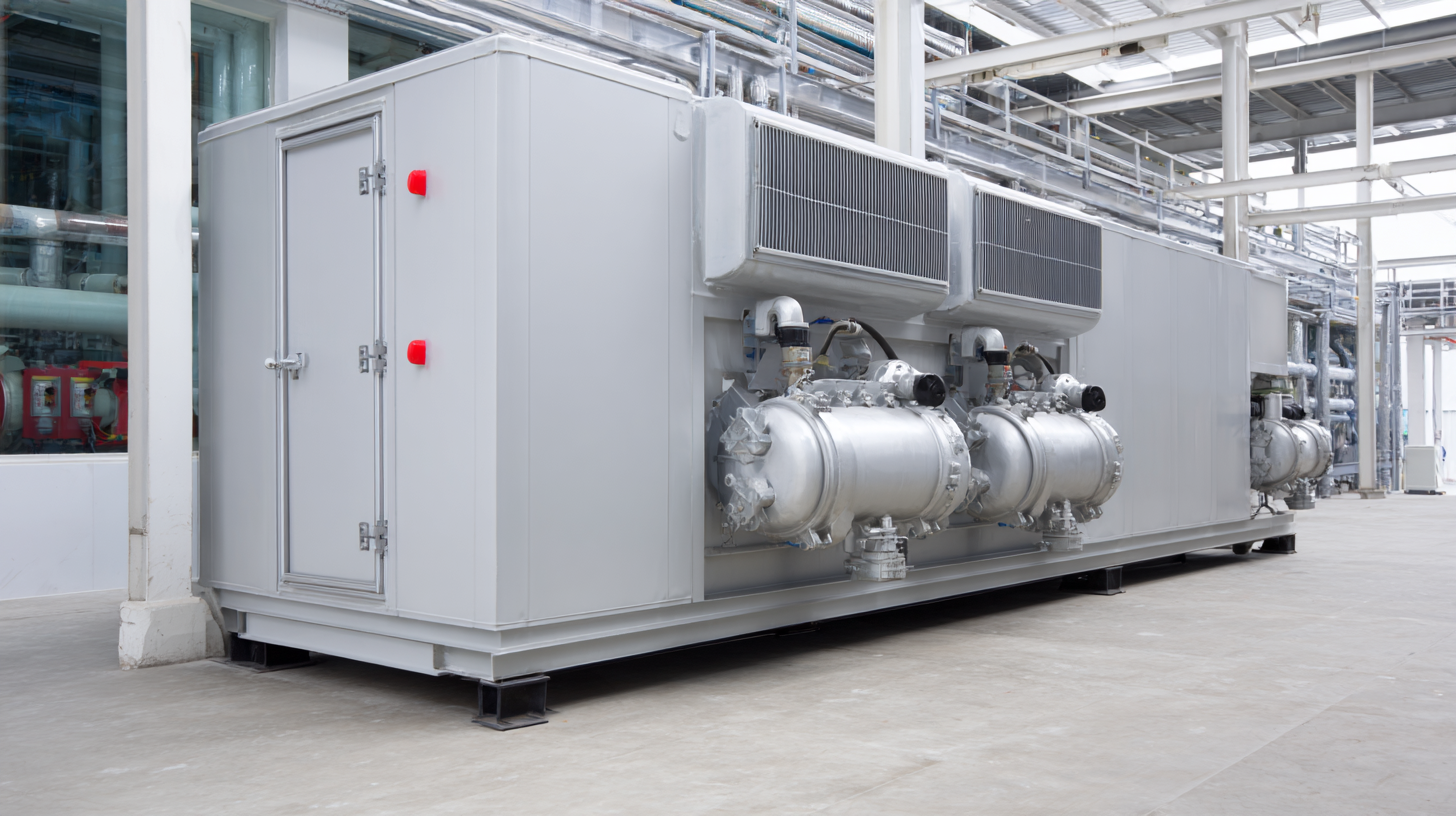
Energy Efficiency Ratings: What to Look for in a Condensing Unit
When you're on the hunt for a walk-in cooler condensing unit, one of the most important things to look at is its energy efficiency. You'll probably see terms like EER, CEER, and SEER thrown around—those are just ways to tell how well the unit performs and how much you might save on your electricity bills. Honestly, getting to grips with what these acronyms mean can really help you pick a system that's not only perfect for your cooling needs but also easy on your wallet over time. For example, a unit with a higher EER typically means better efficiency and is usually a smart investment, especially if you’re running a business property.
With energy costs climbing everywhere, especially in places like Scotland where regulations about energy performance are pretty strict, it’s more important than ever to focus on making your cooling systems as efficient as possible. If your building isn’t well insulated, you’re likely facing some pretty steep costs—so, making the right choice in cooling units can really save you a lot in the long run. Checking out those energy efficiency ratings before you buy can help you make smarter decisions, ensuring you stay compliant with regulations while keeping your operational costs down. Essentially, it’s all about balancing good cooling with keeping your expenses in check—nothing beats finding that happy medium.
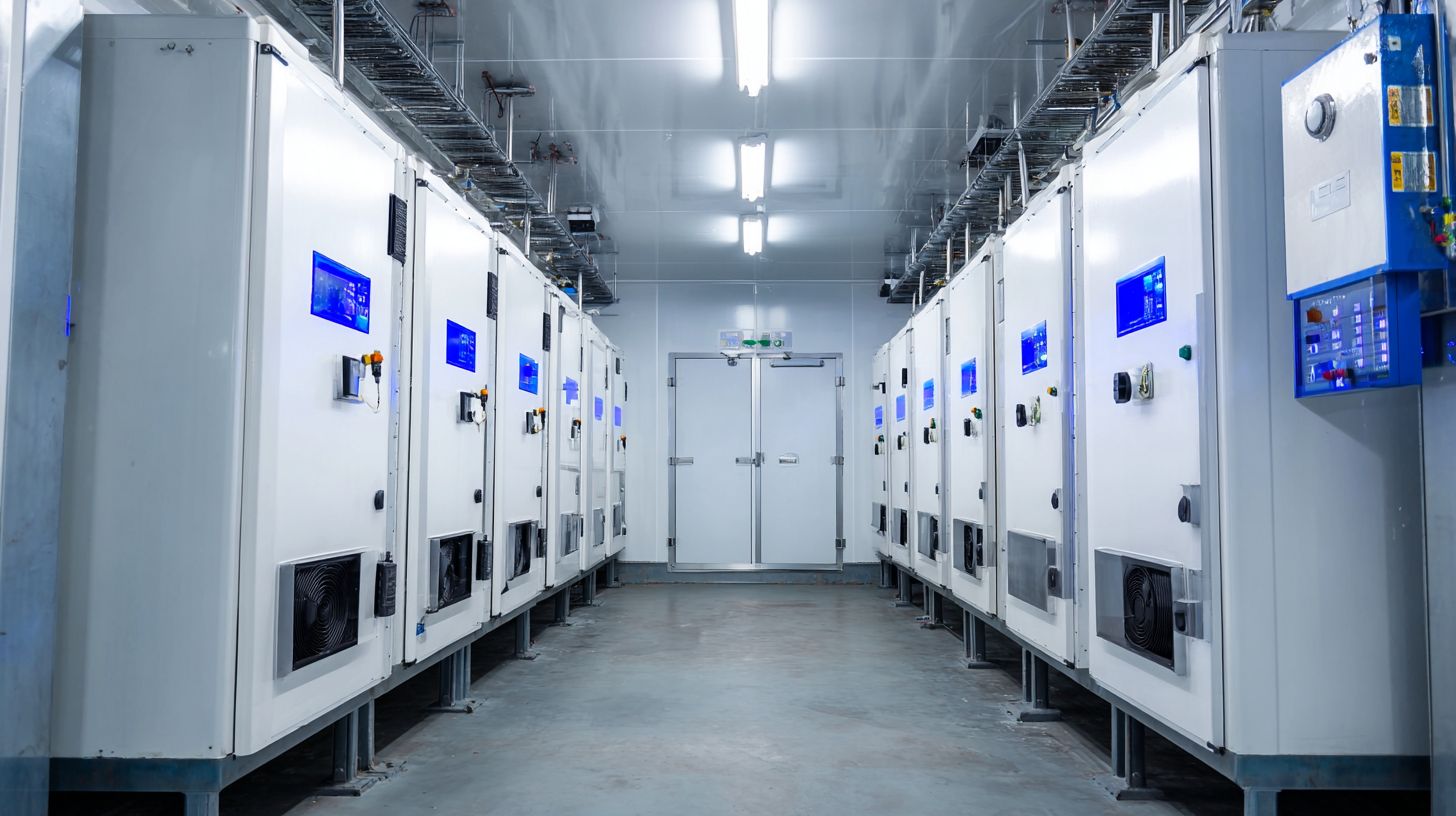
Refrigerant Options: Selecting the Best Choice for Performance and Eco-Friendliness
When you're picking out a refrigerant for your walk-in cooler’s condensing unit, it’s kind of important to consider both how well it works and how eco-friendly it is. The type you choose can really make a big difference in terms of energy efficiency and its impact on the planet. For example, R-410A is pretty popular these days because it offers high efficiency and is greener compared to older options like R-22. Then there's R-134A, which is pretty common in commercial refrigerators because it transfers heat effectively and has a lower chance of damaging the ozone layer.
A couple of tips—try to go for refrigerants with low Global Warming Potential (GWP). They’re better for the environment. Also, don’t forget to double-check your local regulations—some refrigerants are starting to get phased out in certain areas, so it’s smart to stay updated. Performance-wise, make sure whatever you pick fits your cooling needs, including temperature range and capacity, especially for your specific walk-in cooler.
And hey, it’s worth keeping an eye on new tech too, like hydrofluoroolefins (HFOs), which are designed to be super eco-friendly without sacrificing performance. Yeah, they might cost a bit more upfront, but they usually end up saving you money in the long run through lower energy bills and easier compliance with future rules. Easy to see why staying current is a smart move, right?
Installation and Maintenance: Best Practices for Maximizing Efficiency
When you're trying to get the most out of your walk-in cooler’s condensing units, how you install and maintain them really makes a difference. If you set it up correctly from the start, it’s more likely to run smoothly and efficiently right off the bat. The U.S. Department of Energy mentions that up to 30% of energy used in commercial refrigeration could be wasted just because of poor installation. So, it’s super important to follow the manufacturer’s guidelines—making sure the unit is the right size, placed away from sources of heat, and has enough airflow. Small details like these can make a big difference.
And don’t forget about regular maintenance, because that’s just as key in saving energy. The Environmental Protection Agency points out that taking good care of your system can cut down energy use by as much as 15%. Things like cleaning the condenser coils, checking refrigerant levels, and making sure the door seals are tight are simple but effective steps. If you skip these, not only does your unit become less energy-efficient, but it can also break down sooner, leading to costly repairs and even risking your stocked products. So, sticking to a consistent maintenance routine isn’t just smart—it helps your cooler last longer and keeps it running efficiently without breaking the bank or wasting energy.
How to Choose the Right Walk In Cooler Condensing Unit for Optimal Energy Efficiency - Installation and Maintenance: Best Practices for Maximizing Efficiency
| Dimension | Value | Note |
|---|---|---|
| Cooling Capacity (BTU/hr) | 6000 | Optimal for small units |
| Energy Efficiency Ratio (EER) | 12 | Higher values indicate better efficiency |
| Operating Temperature Range | -10°F to 40°F | Suitable for various applications |
| Refrigerant Type | R-404A | Common for commercial units |
| Noise Level (dB) | 55 | Moderate; consider placement |
| Compressor Type | Scroll | More efficient than reciprocating |
| Maintenance Cycle (months) | 6 | Regular maintenance enhances efficiency |
Cost vs. Efficiency: Making Informed Decisions for Long-Term Savings
When you're choosing a walk-in cooler condensing unit, it’s super important to really think about the balance between the upfront cost and how efficient it is. A lot of folks rush to grab the cheapest option at first, but in the long run, that can actually cost you more in energy bills and maintenance. Sure, energy-efficient units might cost a bit more initially, but they can save you a decent chunk of change on your utility bills and upkeep down the line. For example, going for a model with a variable-speed compressor can really help — it adjusts its output based on what you actually need, which cuts down on energy waste.
If you wanna make a smart choice, I’d suggest looking into a life cycle cost analysis. Basically, this means looking at everything — the installation, how much energy it uses, maintenance costs, and even possible downtime. Don’t forget to see if there are any rebates or incentives available for energy-efficient gear — those can help offset the initial expense a bit.
Here’s a quick tip: always check the SEER rating (that’s Seasonal Energy Efficiency Ratio) when comparing models. It’ll give you a good idea of how well they perform over time. And honestly, chatting with an HVAC pro can be a real lifesaver. They can give you personalized advice based on what you actually need for your space and how you plan to use it.
Energy Efficiency vs. Cost of Walk-In Cooler Condensing Units
FAQS
: The primary components include the compressor, condenser, and expansion valve, all of which are vital to the refrigeration cycle.
Efficient operation of the compressor can reduce overall energy consumption by up to 30%, making it crucial to select a high-efficiency model.
There are air-cooled, water-cooled, and evaporative condensers. Air-cooled condensers are popular for their simplicity and lower cost, although they may be less efficient in extreme temperatures.
Appropriate sizing and selection of the condenser can lead to efficiency gains of up to 15%, making it an important factor in overall performance.
The expansion valve regulates the refrigerant flow, and using a thermostatic expansion valve often results in better energy management than fixed or capillary types.
Key factors include the size of the unit, the volume of the space, load considerations based on the types of products stored, and ambient temperature influences like ventilation and door openings.
Options like R-410A and R-134A are popular for their efficiency and lower environmental impact, with R-410A being more eco-friendly compared to older refrigerants like R-22.
Selecting refrigerants with low GWP helps reduce environmental impact, aligning with current regulations and sustainability goals.
Hydrofluoroolefins (HFOs) are emerging as options for lower environmental impact while providing excellent performance, despite potential higher initial costs.
Choosing the right refrigerant based on performance characteristics can lead to significant savings on energy bills and ensure compliance with future regulations.
Conclusion
Hey there! When you're choosing a walk-in cooler condensing unit, it’s really important to get a good grip on its main parts and think about what your specific cooling needs are — things like the size, how much you’re cooling, and the environment it’s in. Don’t forget to pay attention to the energy efficiency ratings, because that can save you a bunch of money in the long run. It’s also worth checking out the features to look for; they can make your life a lot easier. Oh, and picking the right refrigerant isn’t just about performance — it’s also better for the planet.
Getting the installation right and sticking to good maintenance routines can make a huge difference in keeping things running smoothly and avoiding costly repairs down the line. Here at Guangxi Cooler Refrigeration Equipment Co., Ltd., we’re all about offering complete cold storage solutions — from planning and designing to providing the actual equipment. We aim to make the whole process simple and stress-free so that you end up with exactly what you need. With a bit of understanding about all these factors, you’ll be able to make smarter choices that strike a good balance between cost and efficiency when it comes to your walk-in cooler condensing unit.
Related Posts
-
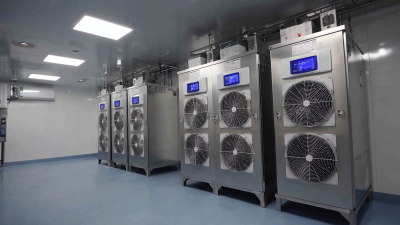
Mastering the Setup: A Comprehensive Guide to Installing Condensing Unit Cold Rooms
-
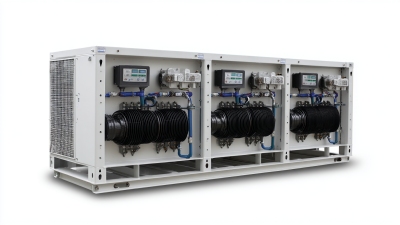
Ultimate Showdown of Monoblock Refrigeration Units Performance and Efficiency
-
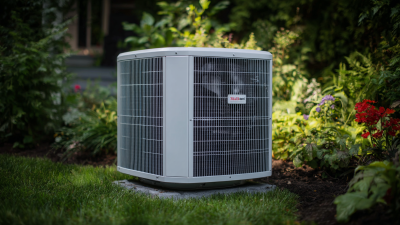
5 Best Outdoor AC Units for Maximum Cooling Performance You Can Trust
-
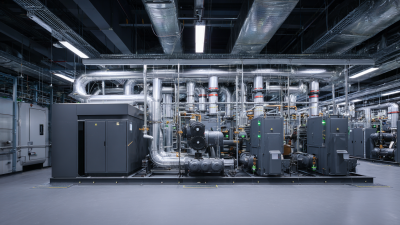
7 Essential Tips for Maximizing Efficiency with Cooled Condensing Systems
-
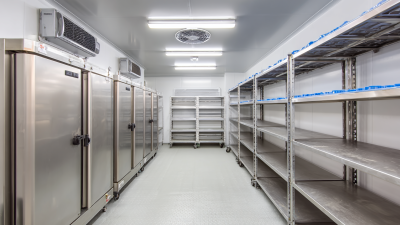
7 Essential Tips for Maximizing Efficiency in Your Freezer Cold Room
-
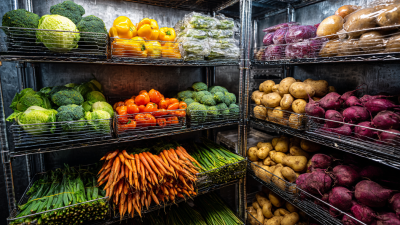
5 Essential Tips for Maximizing Efficiency in Vegetables Cold Storage
Blog Tags:

